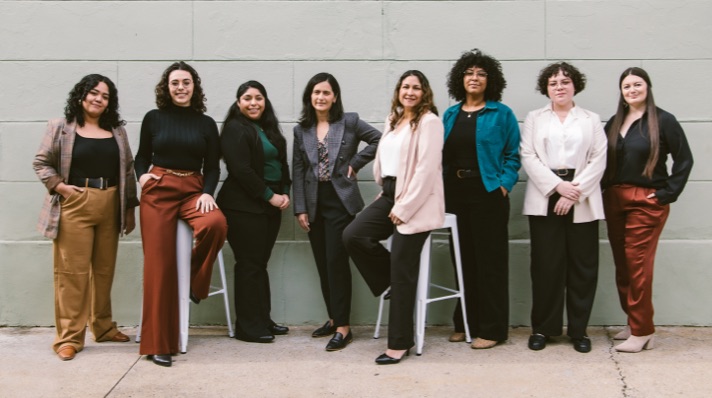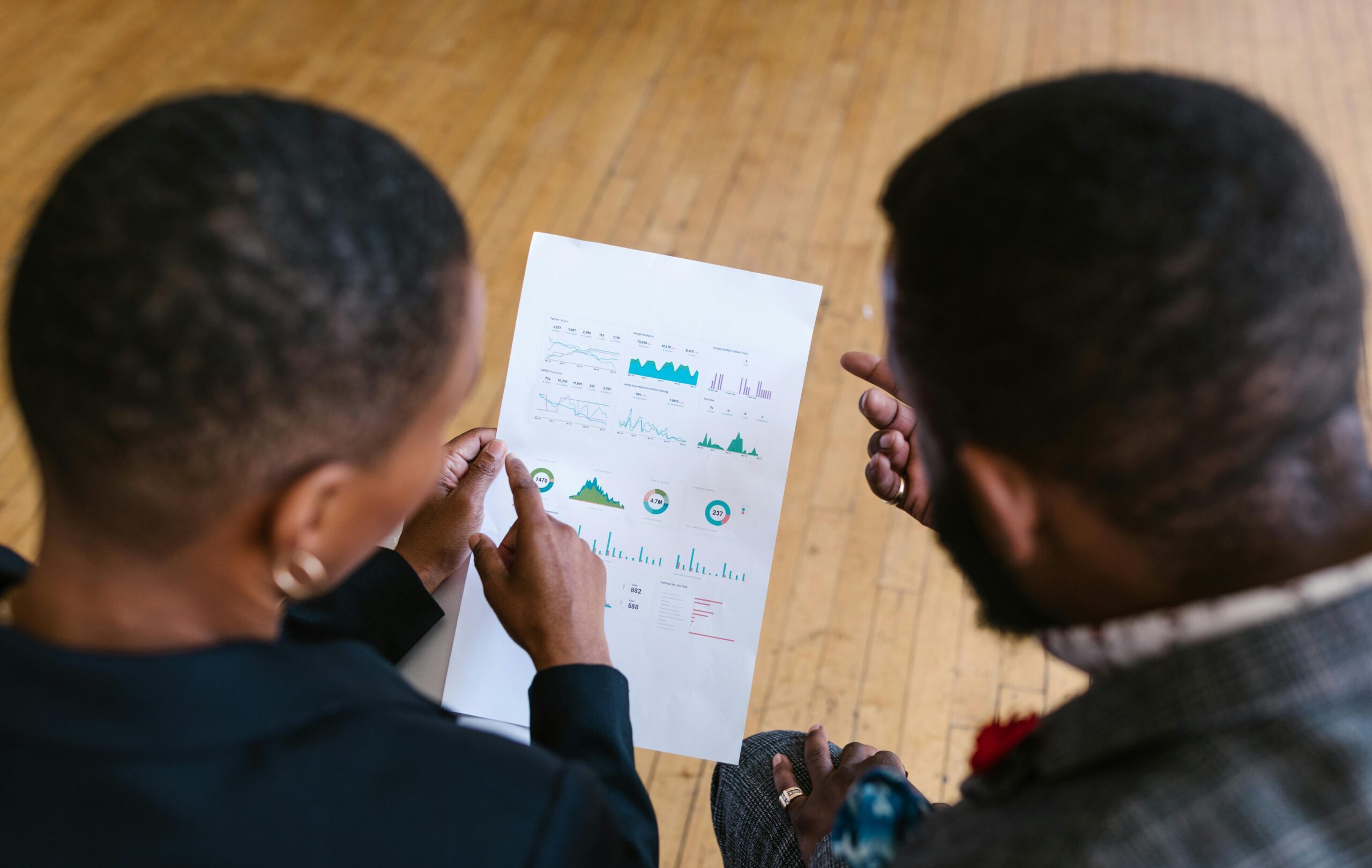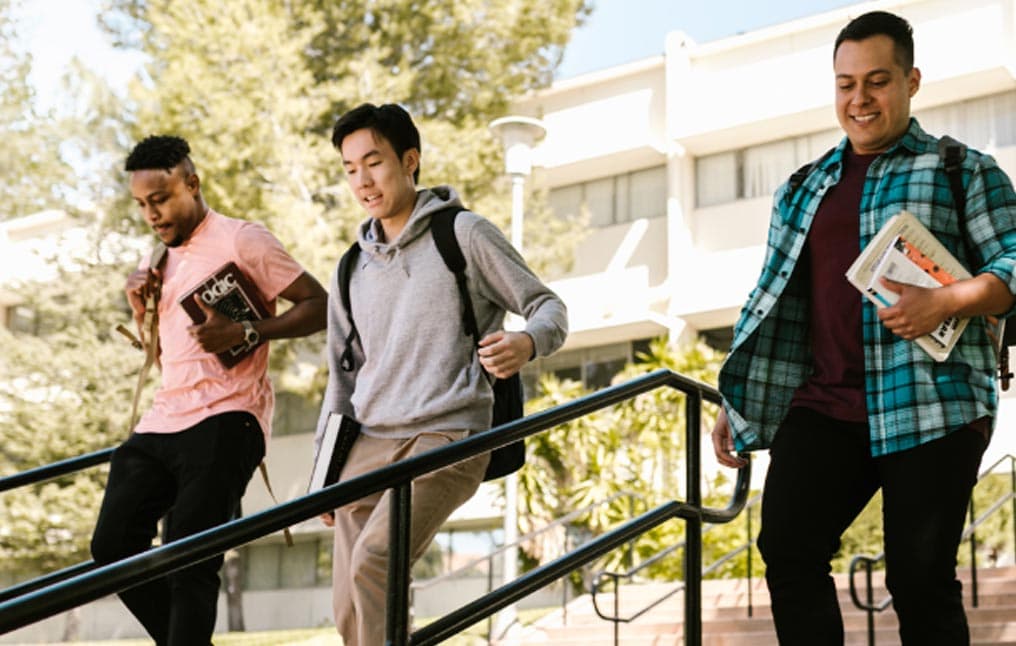A Traumatized Generation: Our Collective Responsibility to Prevent School Shootings
One thing that all parents can agree on is that we want our children to be safe in school. Yet, today, our children and youth do not need to seek out violence. Violence finds them in the places they are supposed to feel and be physically safe: schools. Gun violence and school shootings have increased at an alarming rate since 2010. To put this into perspective, in 2010, there were 15 school shooting incidents (i.e., gun brandished, fired, bullets hit school property); in 2022, there were 303 incidents.
While media coverage extensively focuses on death tolls, the ripple effects of a school shooting on survivors are chilling and demand immediate attention. Since Columbine (1999), over 338,000 students have been exposed to a school shooting. The psychological trauma of surviving a school shooting increases anxiety and wears a person’s ability to cope with and respond to stress.
Evidence points to increased use of antidepressants among children and youth exposed to a school shooting. Research shows a decline in exposed children’s mental health, including suicides. It’s not surprising then that students exposed to a shooting at a school are also more likely to be chronically absent, putting them at risk of falling behind academically and dropping out of high school, or not enrolling in and/or graduating from college.
School shootings are horrifically traumatic for students and adults alike. But the enormity of the challenge cannot be an excuse for adults to shy away from their responsibility to support children who have endured such terror. Rather, it must be the catalyst for every adult to bring their best self forward and every tool and resource at their disposal to support the children in their community in working through the horrific event. Below are starting places for school leaders, parents, and policymakers:
If you are a school leader:
- Who is assessing the crisis response team’s work to identify any holes or recommendations for strengthening the school’s approach to ensuring the safety and well-being of every child impacted?
- Do your teachers have the support they need – both to process their own trauma and to be as fully available as possible to support their students and one another?
If you are a parent:
- Are you having conversations with your children about what they are experiencing? Do you have resources to support you in helping your child cope with the trauma of a school shooting?
- Are you proactively countering the isolation of today’s young people brought on by social media and Covid-19? Are you encouraging their participation in sports and other activities at school that will build their social connections and foster a sense of belonging, identity, and community that are so needed for mental wellness during these critical years?
- If you are a gun-owning parent, do you know how to safely secure a gun? Do you consistently secure your gun safely? Do you have access to clear research and data on the risks of gun ownership? Over 80% of individuals involved in K12 school shootings reportedly stole guns from family members.
If you are a policy leader:
- Since at least 2019, schools have received information and guidance on how to address increasing mental health concerns to support the 12% of youth experiencing severe major depression. Many best practices to improve youth mental health remain underfunded; how might funding comprehensive school mental health systems – which are known to enhance the mental health of students, improve the school climate, and decrease student social isolation and marginalization- serve as a preventative measure and reduce the likelihood of a school shooting?
- Are you aware of the data and science related to school shootings that might impact your decisions as a leader? For example, research shows that the majority of school shooters are males and current or former students. There is also evidence that the median age of a school shooter is 16, and a fifth of these shootings are committed by people between 18 and 20. Are you prepared to consider restrictions on gun access? States with more guns and more permissive gun laws, on average, experience more mass shootings and more school shootings.
Virtually all 50 million children are living with some level of awareness and fear of the possibility of a school shooting. Beyond the documented numbers of school shooting fatalities and survivors, there are hundreds of thousands more students who are exposed to the potential of a school shooting and/or unsuccessful attempts such as a reported gun in school, social media posts threatening violence, overhearing conversations or rumors of gun possession or planned usage. This generation has been participating in lockdown drills their entire educational experience because of the imminent threat of gun violence in elementary schools, high schools, and college campuses.
This year, March for Our Lives will take place on March 24th in Texas, Florida, Pennsylvania, Michigan, and California. Whether you march, take the actions outlined above, simply vote or support activism against school shootings in another way, how can you fully center the young survivors of school shootings, knowing they are at high risk of themselves becoming a victim if the adults in their lives do not take action?



